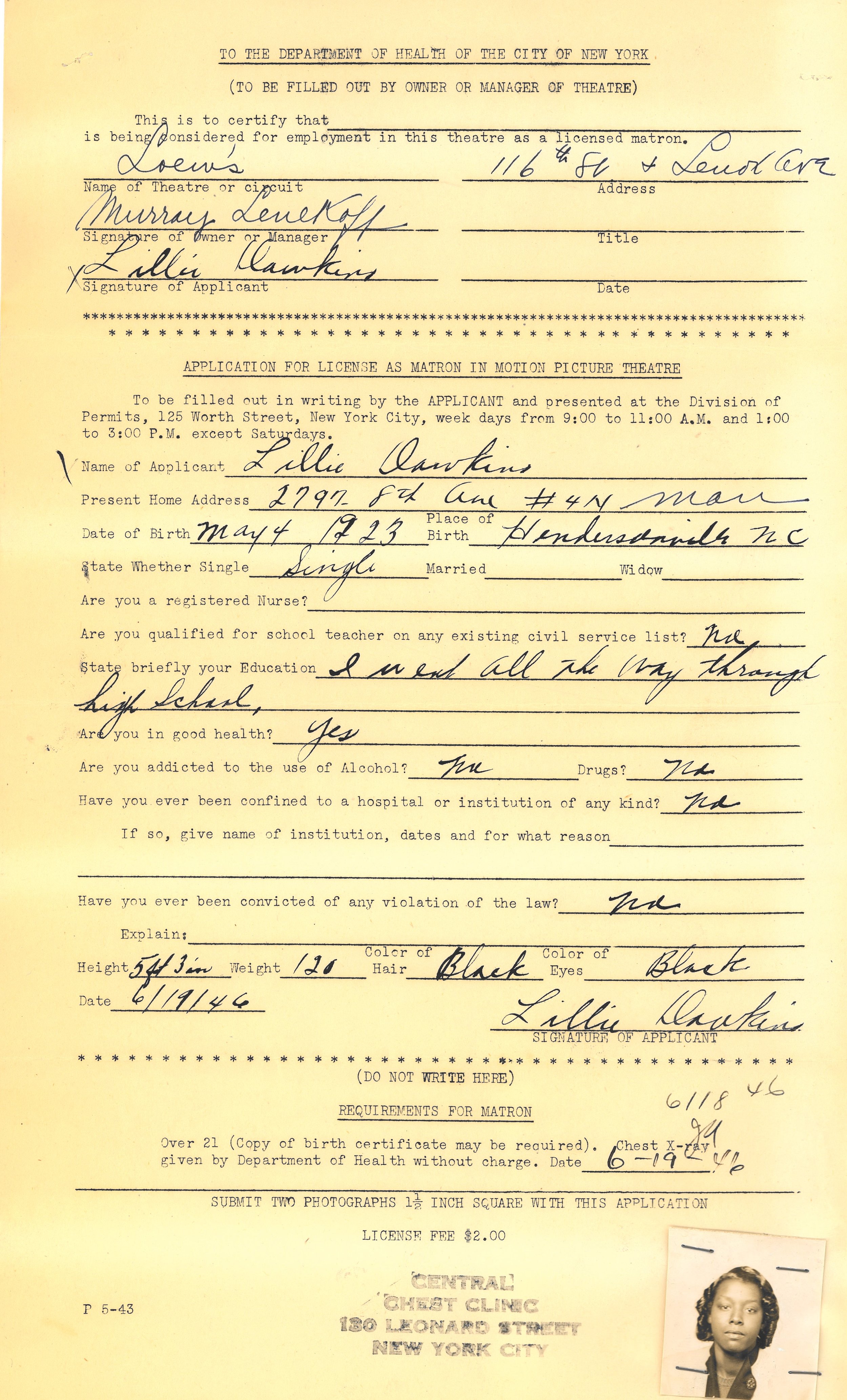On April 22, 1970, nearly one million New Yorkers paraded, marched, and strolled up and down a car-free Fifth Avenue in Manhattan, from 59th Street to 14th Street, and along 14th Street between Second and Seventh Avenues. The one-day event recognized the first Earth Day when New Yorkers joined with Americans across the country to bring awareness to the emerging consciousness about air and water pollution.
Earth Day, Fifth Avenue and 51st Street, April 22, 1970. New York Police Department photograph collection. NYC Municipal Archives.
The Environmental Action Coalition, a national organization, planned the first Earth Day. The group encouraged activities to educate people about air, water, noise and radiation pollution. They urged creative use of parks, preservation of natural resources, population control, support for mass transit, as well as the treatment of lead poisoning and recycling waste materials.
Earth Day, Fifth Avenue, April 22, 1970. New York Police Department photograph collection. NYC Municipal Archives.
In a press release issued on March 18, 1970 announcing the street closures, Mayor John Lindsay stated, “We in New York are proud to participate in the Earth Day demonstrations . . . to preserve and protect the vital resources which are of critical importance to all Americans.” The release further added that Lindsay had designated a top-level Interagency Task Force to plan and coordinate the City’s participation in Earth Day.
Mayor Lindsay’s subject files include correspondence he received supporting the street closures. On March 16, 1970, architect James T. Burns, Jr. wrote: “With your help, I am positive that this day will be the beginning of the real involvement of New Yorkers in their own fate as either creators or victims of their environment. The closing of the street is vital to this beginning.”
Earth Day, Union Square, April 22, 1970. New York Police Department photograph collection. NYC Municipal Archives.
The Earth Day celebrations in Union Square Park included cleanup crews composed of school-aged children such as those from the Convent of Sacred Heart. Con Edison, a company often criticized for their environmental policies, donated brooms, mops, and other supplies for the cause. Other events in the park included Frisbee games and a massive plastic bubble filled with “fresh air.” Events went on until close to midnight. The clean-up activities also extended to other boroughs like Brooklyn where school children assisted in cleaning a beach.
Earth Day, Fifth Avenue, April 22, 1970. New York Police Department photograph collection. NYC Municipal Archives.
The New York Police Department Special Investigations Unit (a.k.a. Handschu) collection in the Municipal Archives provides excellent visual documentation of Earth day with both surveillance films and still photography. Here are three of their films recorded on Earth Day, April 22, 1970:
Contemporary newspaper accounts described the Earth Day scene: “Mood is Joyful as City Gives Its Support,” read the New York Times headline on April 23, 1970. “Huge light-hearted throngs ambled down auto-less streets here yesterday as the city heeded Earth Day’s call for a regeneration of a polluted environment by celebrating an exuberant rite of spring.”
In the intervening decades Earth Day has been celebrated every April 22. It is now observed throughout the world in more than 193 countries. The official theme for 2023 is “Invest in Our Planet.”









